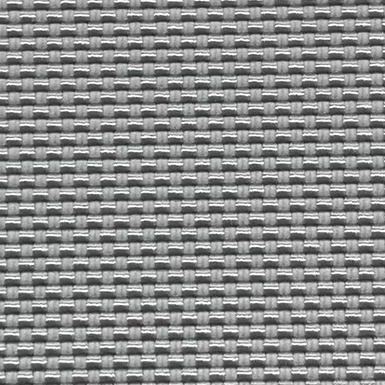Architectural Membrane Fabrics are an innovative form of construction offering striking, light flooded spaces and expressive, sculptural forms. They can span large distances with minimal support and can be curved to an incredible degree. They are a symbiosis of design following forces that reduces the weight and size of the structure, minimizes materials and energy use, saves on building costs and creates ambient exterior luminescence.
The global market for Architectural Membrane Fabrics has been boosted by advances in the technology of fabric membranes. Specifically, new materials like ETFE and PTFE have expanded the design possibilities while improved installation techniques have reduced the time and cost to install. In addition, the push toward sustainable construction practices has encouraged the adoption of architectural membrane.
When choosing a fabric for a tensile structure, it is important to consider the material’s tensile strength and durability as well as its thermal properties. The most popular fabric membranes are woven from pliable, non-combustible, and fire-retardant fiberglass or PTFE-coated glass cloth. They are available in a variety of colors and translucencies to suit the project. When selecting a fabric, be sure to ask about its tensile strength in warp and weft directions. Also, inquire about the maximum design load that the fabric can withstand and its typical pre-stress loading. It is recommended to choose a fabric that has a factor of safety of 6 or higher on a maximum design load.
Another important consideration when selecting a fabric is the material’s environmental characteristics. Depending on the location of the structure, the fabric’s UV-absorbing and -reflecting qualities will need to be taken into account. The fabric’s breathability should be considered as well. In general, architectural fabrics with a lower surface weight and excellent tensile strength are more durable than those with lower tensile strengths and less suppleness.
To maximize the structural potential of a fabric, it is important to develop the design and layout with the material in mind. It is helpful to use specialist form-finding software to simulate the nonlinear, dynamic behaviour of a project and determine the most efficient structural solution. This information is then used to guide the fabrication and installation process.
When designing a tensile structure, it’s essential to know the fabric’s maintenance requirements and whether or not special tools are needed for installation. The fabric’s ability to be folded should also be considered as some fabrics lose a significant amount of their tensile strength when they are creased or bent. Lastly, it is helpful to speak directly with fabricators and installers to learn about their experience working with the selected architectural membrane fabric. This will help ensure a successful project from the initial concept through to the final unveiling of the structure.


.png)
 English
English 中文简体
中文简体















